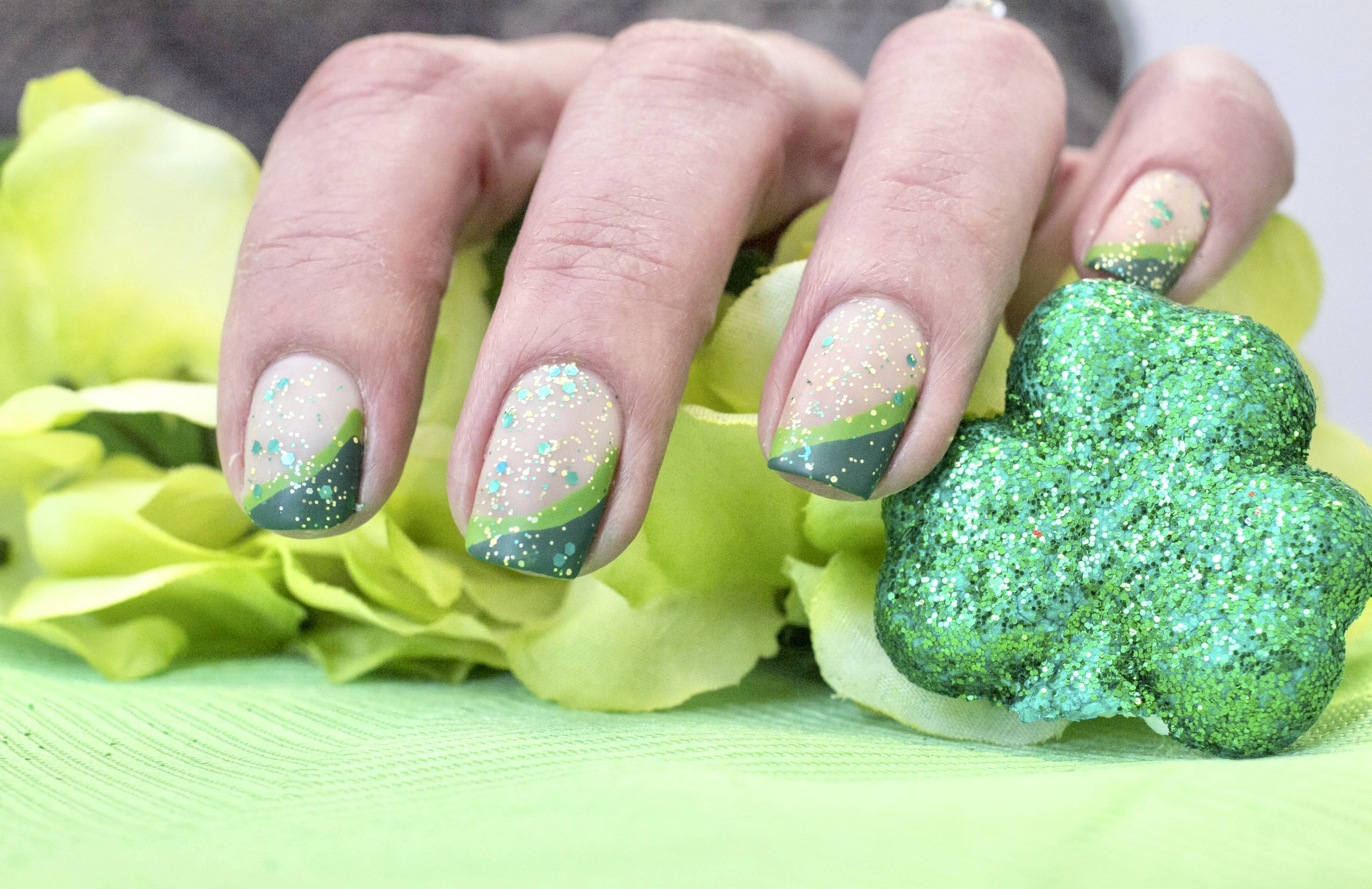Gallery
Photos from events, contest for the best costume, videos from master classes.
 |  |
 |  |
 |  |
 |  |
 |  |
 |  |
(THE CONVERSATION) St. Patrick’s Day usually conjures images of partying, Catholicism, Irish nationalism and, perhaps most famously, the color green: green clothes, green shamrocks, green beer Green became associated with St. Patrick’s Day in the 18th century when Irish nationalists adopted the shamrock as a symbol against British rule. Before this, St. Patrick was traditionally depicted in blue, a colour linked to early Irish sovereignty. But the color that people originally associated with St. Patrick was blue! (Some ancient Irish flags even sport this color.) Green was finally introduced to St. Patrick’s Day festivities in the 18th century, when the shamrock (which is, of course, green) became a national symbol. St. Patrick’s Day usually conjures images of partying, Catholicism, Irish nationalism and, perhaps most famously, the color green: green clothes, green shamrocks, green beer and green rivers. While most St. Patrick’s Day enthusiasts bust out their green clothing on March 17, there are some who would rather wear orange. The reason has everything to do with religion. (WHTM) — Wearing green is one of the most important aspects of Irish culture and celebrating St. Patrick’s Day, but not everyone knows why people wear green when celebrating the holiday worldwide. St. Patrick’s Day, celebrated every March 17th, is associated with the color green, a tradition that has a rich and colorful history. Why we wear green on St. Patrick’s Day: The tradition of wearing green on St. Patrick’s Day is tied to Ireland’s nickname, “The Emerald Isle,” and its green-striped national flag. While green is the color most frequently associated with the holiday the other St. Patrick’s colors still have special meanings. As St. Patrick’s Day is a celebration of both Saint Patrick and Ireland, some of the St. Patrick’s Day colors tie directly to the patron saint, while others are more representative of Ireland itself. St. Patrick and the Color Green. Legend has it that St. Patrick used the shamrock, a three-leaved plant, to explain the Holy Trinity to the pagan Irish. This story, whether myth or truth, has cemented the shamrock and the color green as central symbols of St. Patrick’s Day. The Color Green and Irish Catholic Identity This 13th-century image of St. Patrick depicts Ireland's patron saint in a blue robe. Why was St. Patrick’s original color blue? The earliest depictions of St. Patrick show him clothed in blue The origins of the wearing of green clothing in the U.S. on St. Patrick’s Day and for St. Patrick’s Day celebrations in general date back to the 19th century, when waves of Irish immigrants Why do we wear green on St. Patrick's Day? The color was then weaved into St. Patrick's Day celebrations in the United States after Irish immigrants arrived in the 1800s. St. Patrick’s Day usually conjures images of partying, Catholicism, Irish nationalism and, perhaps most famously, the color green: green clothes, green shamrocks, green beer and green rivers. On March 17, St. Patrick’s Day brings out a sea of green—worn by both the Irish and the not-so-Irish alike. But have you ever wondered why green is the go-to color for this festive day? And (WHTM) — Wearing green is one of the most important aspects of Irish culture and celebrating St. Patrick’s Day, but not everyone knows why people wear green when celebrating the holiday worldwide. According to TIME Magazine, green was not always the color associated with Ireland. In fact, blue was the color associated with the country [] Understanding the meaning behind these colors allows us to appreciate the multifaceted nature of St. Patrick’s Day and its enduring legacy. The Emerald Isle: The Significance of Green. Green, the dominant color of St. Patrick’s Day, is inextricably linked to Ireland itself. The Colors of St. Patrick’s Day in Popular Culture. The colors associated with St. Patrick’s Day have become an integral part of popular culture, from fashion to advertising. In the United States, for example, St. Patrick’s Day is often associated with green beer, green attire, and green decorations. St. Patrick’s Day usually conjures images of partying, Catholicism, Irish nationalism and, perhaps most famously, the color green: green clothes, green shamrocks, green beer and green rivers. By the 1930s, the custom of wearing green on St. Patrick’s Day had become so widespread that even President Franklin D. Roosevelt, who was of Dutch ancestry, joined in. To save you scrolling, you’ll find some speedy need-to-knows about the first color associated with St. Patrick’s Day below: 1. Yep, it all began with blue, not green. Although people wear green on St. Patrick’s Day, early depictions of St. Patrick show him clothed in fine blue robes. In fact, in Saul Church, which is on the site where St
Articles and news, personal stories, interviews with experts.
Photos from events, contest for the best costume, videos from master classes.
 |  |
 |  |
 |  |
 |  |
 |  |
 |  |